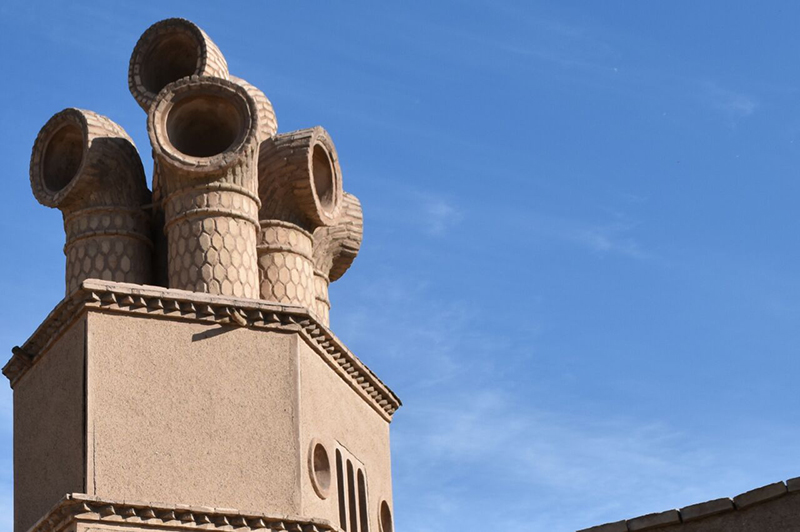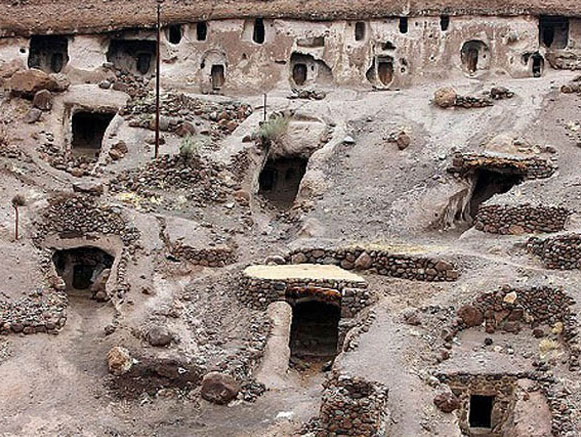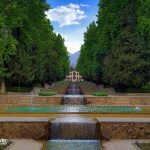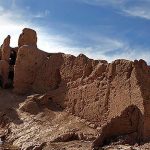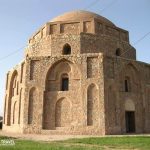About Kerman Province
Kerman province is of the vastest provinces of Iran and it is located in the southeast of the country. With more than 660 registered national monuments, this province is of the historical provinces of Iran. In terms of historical buildings, Kerman is among the top 5 cities of Iran and this province has the highest number of Iran’s registered monuments in UNESCO World Heritage. Kerman is the province of many museums. Due to having the oldest relics in the world, archeologists have called this province the “Cradle of Civilization”. Some of the ancient places in this province such as the Meymand complex date back to about 10 thousand years ago. Also the existence of many different mines in these province has granted it the title “Miners’ Heaven”.
Most Popular Tourist Attractions Of Kerman Province








